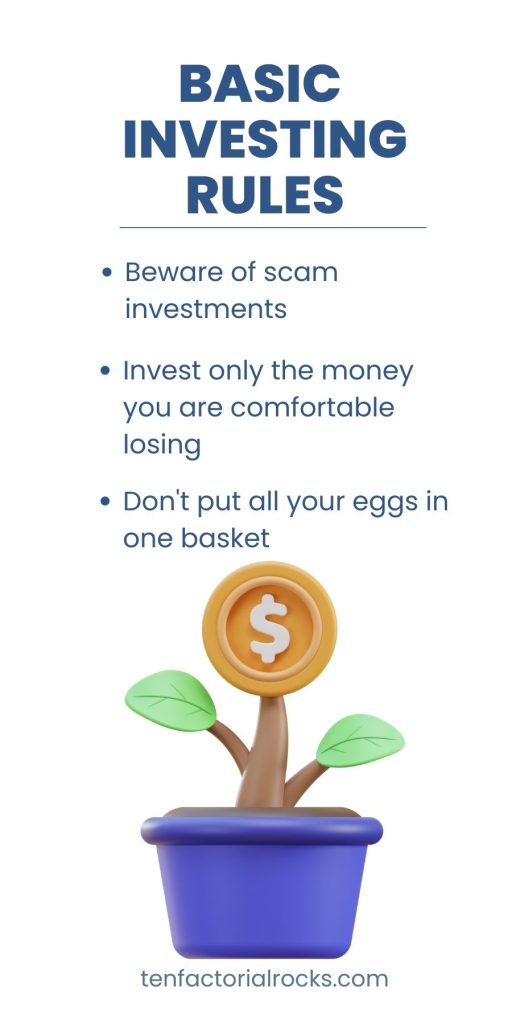Recent data reveals that Americans’ credit card debt has reached a whopping $1 trillion, surpassing the previous record high in the years leading up to the 2008 financial crisis. This alarming trend is a major concern for many individuals who are either struggling with their own debt or worried about the long-term economic implications of this growing problem.
But what is causing this surge in credit card debt, and how can we better manage our own debt and fix the problem? In this blog post, we will dive deep into these questions and offer some practical tips and solutions for dealing with credit card debt.

Anete / Pexels / For the first time ever, credit card debt in the U.S. surpasses $1 trillion.
Causes of the Credit Card Debt Crisis
The growing credit card debt problem can be attributed to several factors. These include stagnant wages, rising living costs, and unsustainable spending habits. Many Americans rely on credit cards to make ends meet, especially when they face financial difficulties, such as unexpected bills, medical costs, or job loss.
The widespread availability and convenience of credit cards also contribute to excessive spending and frivolous expenses. Thus, these include such as eating out, shopping, and traveling. Furthermore, high interest rates and hidden fees can trap users in a cycle of debt that can be difficult to escape.
Risks and Consequences of Credit Card Debt
Being in debt can lead to a range of negative consequences, from financial stress and anxiety to damaged credit scores and limited borrowing capacity. Accumulating credit card debt can quickly spiral out of control, thereby leaving individuals with insurmountable balances and high-interest payments that drain their resources.

Third Man / Pexels / Many Americans rely on credit cards to make ends meet. And that is causing all the problems.
Similarly, late payments, missed payments, or defaults can also result in penalties, charges, and legal actions, such as wage garnishments or even bankruptcy.
Tips and Strategies for Managing Credit Card Debt
The good news is that there are several approaches and techniques that can help individuals manage their credit card debt and reduce their balances over time. These include:
- Creating a budget and sticking to it.
- Prioritizing debt payments and eliminating high-interest debts first.
- Finding ways to increase income, such as freelance work or side gigs.
- Negotiating with credit card companies for lower interest rates or debt settlement options.
- Avoiding new debt or unnecessary expenses, such as eating out or buying nonessential items.
- Seeking professional help, such as credit counseling or debt consolidation services.

Anete / Pexels / By creating a budget, average Americans can overcome credit card debts.
The Need for Structural Change and Policy Interventions
While individual actions can make a difference in managing debt, they alone cannot solve the systemic problem of credit card debt. Structural changes and policy interventions are necessary to address the root causes of this crisis, such as income inequality, inflation, and financial deregulation. Some possible solutions include:
- Raising the minimum wage and improving labor protections.
- Regulating credit card companies and lenders to prevent predatory practices.
- Providing affordable healthcare and other social services to reduce financial burdens.
- Implementing a debt jubilee or forgiveness program for those with substantial debt burdens.
This way, average Americans can potentially overcome the credit card debt crisis.

